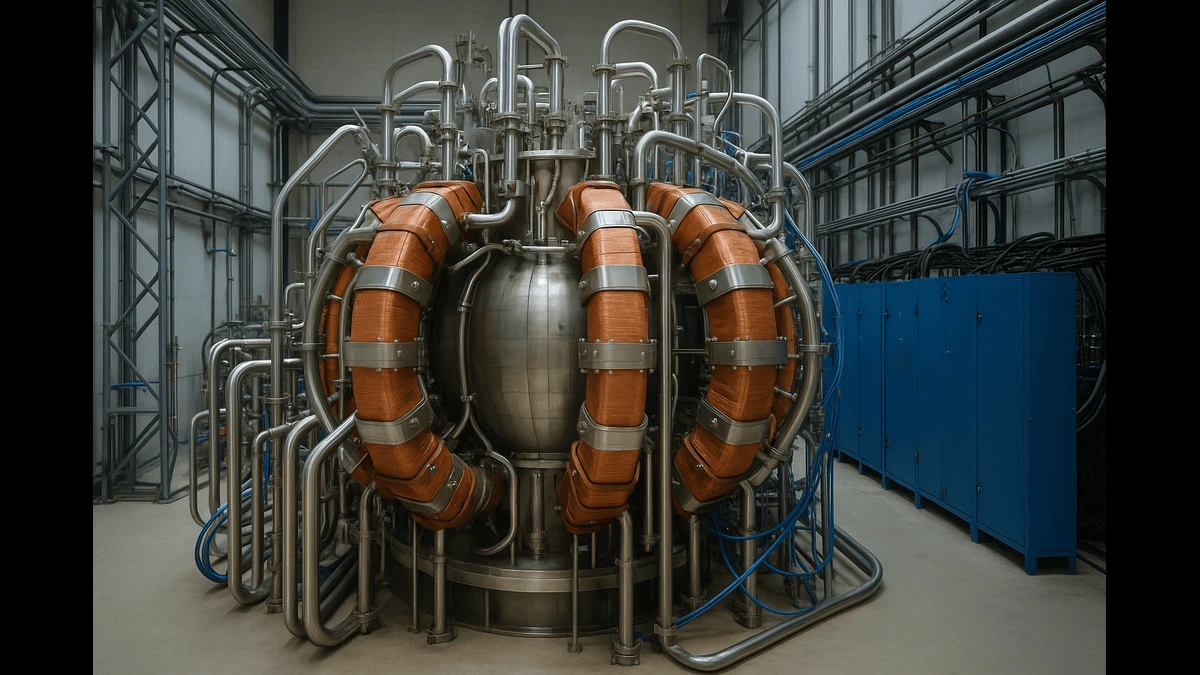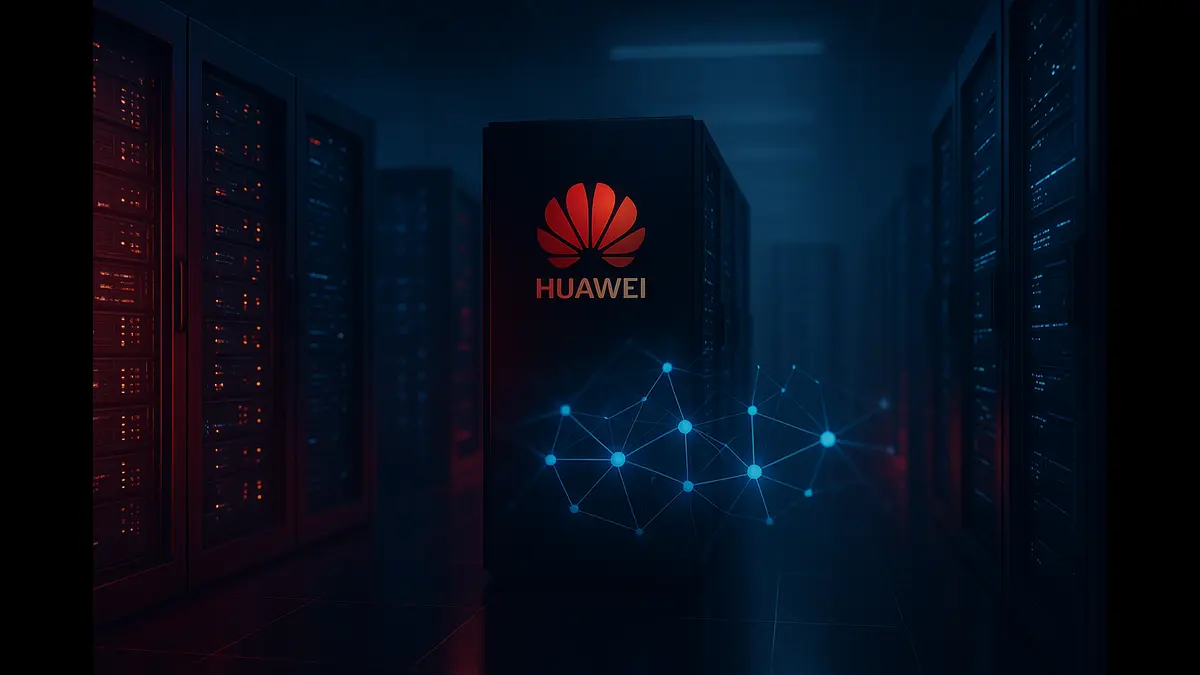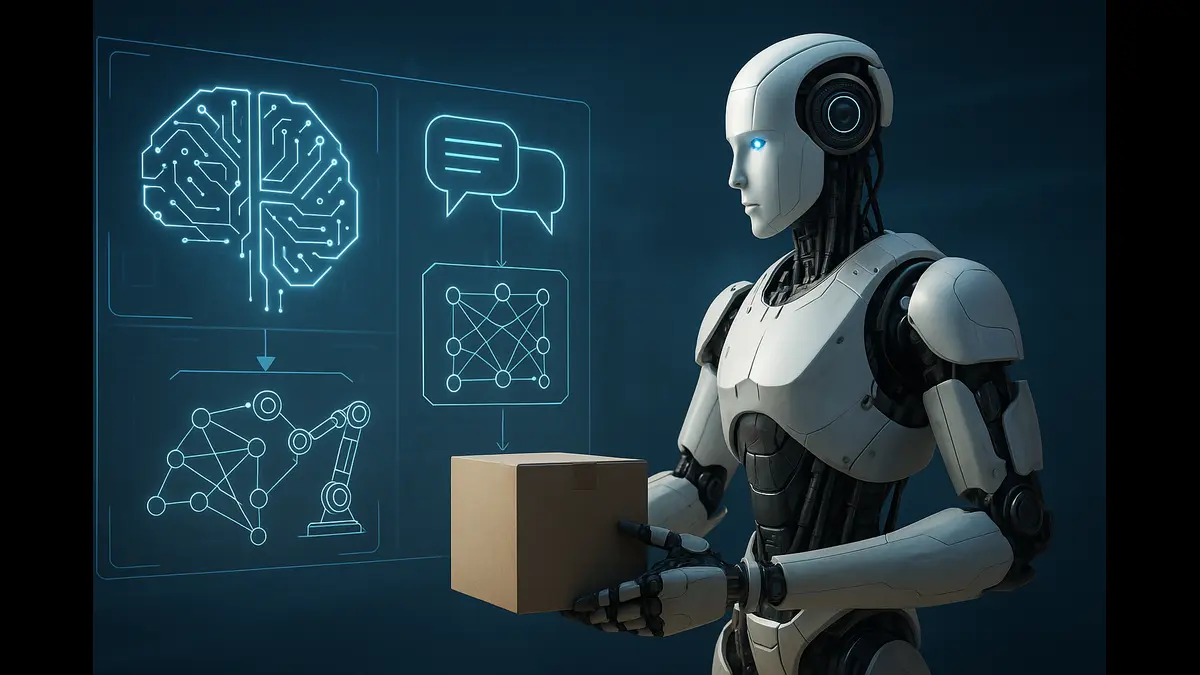
Google partners with CFS for 200 MW fusion power from ARC plant by 2030s, aims for 24/7 carbon-free energy, tackling AI-driven demand.
In an era where global energy demands are surging, driven by the rapid expansion of artificial intelligence (AI) and data centers, Alphabet Inc.’s Google has emerged as a pioneer in sustainable energy innovation. On June 30, 2025, Google announced a landmark partnership with Commonwealth Fusion Systems (CFS), an MIT spinoff, to purchase 200 megawatts (MW) of fusion power from CFS’s first commercial plant, ARC, set to be operational in Chesterfield, Virginia, by the early 2030s. This agreement, the largest direct corporate power purchase for fusion energy to date, underscores Google’s commitment to carbon-free energy and positions the company as a leader in fostering transformative energy technologies.
This article explores how Google’s strategic investments, particularly in fusion power, reflect its broader vision for sustainability, addressing the challenges of energy-intensive AI operations while advancing global climate goals.
Rising Energy Demands and Sustainability Challenges
The proliferation of AI and cloud computing has significantly increased the energy consumption of tech giants like Google. Data centers, which power everything from search engines to machine learning models, are projected to account for 9–12% of U.S. electricity consumption by 2030, according to the International Energy Agency (IEA, 2024). Google’s 2025 Environmental Report revealed a 51% increase in emissions since 2019, with an 11% rise from 2023 to 2024, largely attributed to the energy demands of AI infrastructure.
Despite these challenges, Google remains committed to its goal of operating on 24/7 carbon-free energy by 2030. To achieve this, the company is diversifying its energy portfolio, balancing short-term renewable solutions like solar and wind with long-term bets on emerging technologies such as fusion power.
Google’s Multi-Horizon Energy Strategy
Google’s approach to sustainable energy is structured across three time horizons, as articulated by Michael Terrell, Google’s Head of Advanced Energy:
Short-Term Investments: Google has aggressively pursued renewable energy sources, procuring over 22 gigawatts (GW) of clean energy since 2010, including 8 GW in 2024 alone. These investments in solar, wind, and battery storage have reduced data center emissions by 12%, even as overall energy consumption grows.
Mid-Term Innovations: The company is backing next-generation technologies like enhanced geothermal energy and small modular nuclear reactors through investments in startups such as Fervo Energy and Kairos Power. These solutions aim to provide reliable, carbon-free baseload power to complement intermittent renewables.
Long-Term Vision: Fusion power represents Google’s most ambitious energy investment. Unlike solar or wind, fusion offers the potential for abundant, clean, and constant energy with minimal environmental impact. Google’s partnership with CFS is a cornerstone of this long-term strategy, signaling confidence in fusion’s transformative potential.
The Fusion Frontier: Partnering with Commonwealth Fusion Systems
Fusion energy, which powers the sun and stars by fusing light atomic nuclei, promises near-limitless, carbon-free energy without the radioactive waste associated with nuclear fission. However, achieving commercial-scale fusion remains a significant scientific and engineering challenge. Google’s agreement with CFS, announced on June 30, 2025, includes a power purchase agreement (PPA) for 200 MW from the ARC plant, which will have a total capacity of 400 MW, sufficient to power approximately 150,000 homes. This deal, coupled with a second round of capital investment in CFS, builds on Google’s initial funding in 2021, when CFS raised $1.8 billion from investors, including Google, Bill Gates, and others.
CFS, founded in 2018 as an MIT spinoff, is developing a compact tokamak—a donut-shaped reactor that uses high-temperature superconducting magnets to contain superheated plasma for fusion reactions. The company’s demonstration project, SPARC, under construction in Devens, Massachusetts, aims to achieve net fusion energy (Q>1) by 2027, a critical milestone where the energy produced exceeds the energy required to sustain the reaction. The ARC plant in Virginia will build on SPARC’s success, targeting grid-scale power production in the early 2030s.
Google’s investment is not merely financial; it is a strategic move to accelerate fusion’s commercialization. As Bob Mumgaard, CEO of CFS, noted, “Fusion power is within our grasp thanks in part to forward-thinking partners like Google.” The agreement validates CFS’s approach, which leverages advancements in high-temperature superconducting magnets to make fusion reactors more compact and cost-effective. By securing half of ARC’s output, Google is sending a powerful market signal, encouraging further investment in the fusion sector.
Why Fusion? The Case for a Transformative Energy Source
Fusion energy offers several advantages that align with Google’s sustainability goals:
Carbon-Free and Safe: Unlike fossil fuels, fusion produces no greenhouse gas emissions. Unlike nuclear fission, it generates minimal radioactive waste and poses no risk of catastrophic meltdowns.
Reliable Baseload Power: Fusion can provide constant energy, unlike weather-dependent renewables, making it ideal for powering energy-hungry data centers 24/7.
Scalability and Flexibility: Fusion plants can be built in various locations without reliance on specific geographic or resource constraints, offering a versatile solution for global energy needs.
Abundant Fuel Supply: Fusion relies on isotopes like deuterium and tritium, which are derived from water and lithium, ensuring a virtually limitless fuel source.
These attributes make fusion a compelling fit for Google’s long-term vision of sustainable energy, particularly as AI-driven energy demands continue to grow.
Beyond Fusion: Google’s Broader Sustainability Efforts
Google’s fusion initiative is part of a comprehensive sustainability strategy. The company has made significant strides in renewable energy adoption, with solar, wind, and battery storage forming the backbone of its current portfolio. In 2024, Google doubled its 2023 renewable energy purchases, adding 8 GW of clean energy contracts, demonstrating its commitment to immediate emissions reductions. Additionally, investments in geothermal and small modular nuclear reactors reflect Google’s willingness to explore diverse clean energy solutions.
The company’s sustainability efforts extend beyond energy procurement. Google has implemented energy-efficient designs in its data centers, leveraging AI to optimize cooling systems and reduce power consumption. These innovations have helped mitigate the environmental impact of its operations, even as emissions rise due to a 27% increase in data center electricity use in 2024.
Challenges and Opportunities in Fusion Commercialization
While fusion holds immense promise, significant hurdles remain. Achieving “engineering break-even,” where a fusion plant produces more energy than it consumes overall, has proven elusive. Sustaining constant fusion reactions at a commercial scale requires overcoming complex physics and engineering challenges, including developing materials that can withstand extreme conditions and perfecting remote handling systems. Google’s Michael Terrell acknowledged these obstacles, stating, “There are serious physics and engineering challenges that we still have to work through to make it commercially viable and scalable.” However, he emphasized the importance of investing now to realize fusion’s potential in the future.
Google’s partnership with CFS is a calculated risk, but it aligns with the company’s history of backing transformative technologies. By providing both financial support and a guaranteed market for fusion power, Google is helping to de-risk the technology, encouraging other investors and corporations to follow suit. This approach mirrors Google’s earlier investments in renewables, which helped drive down costs and accelerate adoption.
The Broader Impact: Catalyzing a Fusion-Powered Future
Google’s deal with CFS is more than a corporate transaction; it is a catalyst for the fusion energy industry. The agreement sets a precedent for other tech giants, as evidenced by Microsoft’s 2023 deal with Helion Energy to purchase 50 MW of fusion power by 2028. By committing to fusion, Google is fostering a market for clean energy technologies, potentially accelerating the timeline to commercialization. As CFS’s Bob Mumgaard noted, “Our strategic deal with Google is the first of many as we move to demonstrate fusion energy from SPARC and then bring our first power plant online.”
The partnership also highlights the critical role of private-sector investment in addressing global energy challenges. With electricity demand projected to increase 2.5 times by 2050, driven by AI, electric vehicles, and industrial growth, fusion could play a pivotal role in meeting this demand sustainably. Google’s involvement signals confidence in fusion’s potential to reshape the energy landscape, offering a blueprint for other companies to support innovative clean energy solutions.
Google’s partnership with Commonwealth Fusion Systems marks a significant milestone in the quest for sustainable energy. By committing to purchase 200 MW of fusion power and investing in CFS’s groundbreaking technology, Google is not only addressing its own energy needs but also driving the development of a transformative energy source. This strategic move reflects Google’s broader commitment to sustainability, balancing immediate renewable energy solutions with long-term investments in fusion, geothermal, and nuclear technologies. As the world grapples with rising energy demands and climate challenges, Google’s forward-thinking approach positions it as a leader in shaping a cleaner, more sustainable future.
Discover more from Poniak Times
Subscribe to get the latest posts sent to your email.






